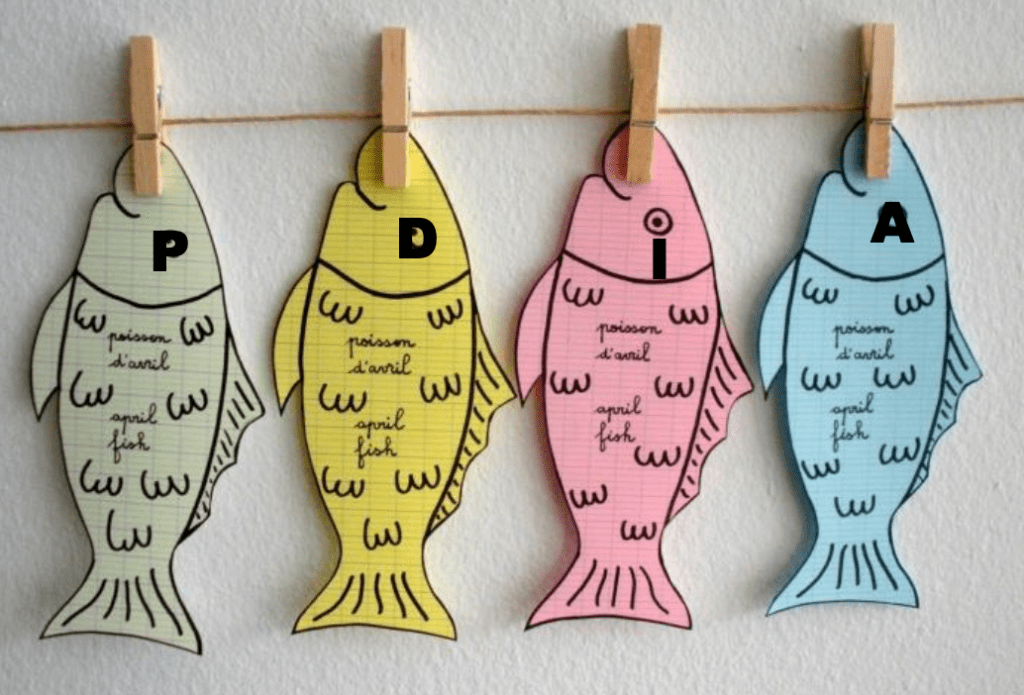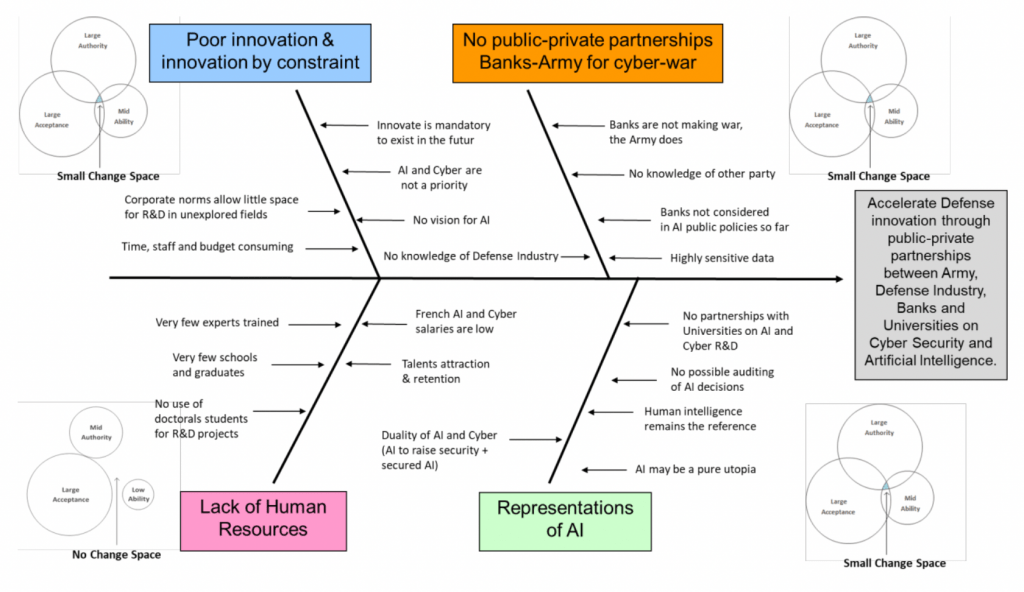Guest blog by Raphaël Kenigsberg
Integrate the Millennial generation into strategic decision-making and implementation
During the Covid-19 crazy crisis, I had a dream, shared by many: what would the world look like after this unexpected pandemic? Our landmarks were missing, and adaptation became key. With the support of hundred engaged members of the think tank I am running, we designed a set of 32 ambitions imagining youth expectations for a better future. For two months, during the first general lockdown, daily and after work, we decided to gather and organize ideas with the hope of being heard by policymakers. We designed a 150-page report in French and in English. The main goal of this report was to convince policymakers that youth should be included into designing and implementing public policies. We organized an influence communication directed towards the French President, all members of government, National Assembly, Senate, embassies, European Commission and Parliament, international organizations, and media.

Our Future : 32 ambitions for the future. Jeunes IHEDN. May 27, 2020 https://jeunes-ihedn.org//srv/htdocs/wp-content/uploads/2020/05/Our_Future_EN.pdf
Impact was immediate: following the release we were promptly contacted to be auditioned by NATO, then United Nations, European Commission, several French members of Parliament, lobbyists, writers, and University deans. We never expected to get such attention so quickly. Major national media also offered us opinion columns.
While working on this project, I realized that serving a public cause was gratifying, but I needed to learn about how public policies are shaped and implemented. Thanks to Covid, I found out that HKS was switching the IPP course online. I applied and got accepted the very week of my birthday. What a gift! I expected that this course would allow me to meet other professionals and policymakers from different cultures, to benchmark both methods and practices. A key issue I wanted to explore was understanding how to integrate the Millennial generation into strategic decision-making and implementation, often reserved to senior executives.
Deep learning : governance, authorization, legitimacy
One of the key learnings from this course is an alternative definition of leadership: leading is taking risk to disappoint people at the rate they can absorb. This vision literally changed my perspectives both in my professional and personal life. It helps to dare and move forwards. The Problem-Driven Iterative Adaptation (PDIA) method revealed what I was thinking about collaborative problem solving without knowing how to express it. I will use the toolbox provided in this course my whole life through. Identify problems, chase their root causes, draw an Ishikawa ‘Fishbone’ diagram, deconstruct a big problem into smaller, manageable ones, assess change space, learn together how to adapt, iterate over and over. Thanks Matt and all of you, now I know: I am not alone! Together, we are stronger!
Thanks to this course and the peer group experience I realized early that the major issue I was struggling with in my company was not about technology but about governance, authorization, and legitimacy.
Accelerate Defense innovation through public-private partnerships
The challenge I was working on during the IPP course was not linked to my volunteering activities.
In September 2019, the French Department of Defense issued a strategic roadmap of Artificial Intelligence for National Defense, highlighting the State priorities in research and development. The Minister of the Armies intends to create synergies with corporate essential operators.
I decided to introduce public policy issues into my daily job of Cyber Security expert in the banking industry. Banks have limited capacity of innovation in Cyber Defense and Artificial Intelligence and are therefore vulnerable. Public-private partnerships between Banks, Army, Defense Industry, and Universities could help develop secured solutions faster.
To stay focused: perception, process, people, projection
The 4P method (perception, process, people, projection) was very effective in my implementation journey.
The key take-away I identified on ‘perception’ is the humility concept. Indeed, I cannot see everything and know everything due to my position in the organization and to my young age. Therefore, I need to build a community of people to tackle my challenge.
It took me 10 months to gather a group of 10 cyber experts interested into Artificial Intelligence. We managed to launch an authorized community for Cyber and AI and dedicated a weekly meeting to discuss ideas. At first, I played a role of spectator into this group to better understand people’s aspirations, emotions, and concerns. Then I challenged common ideas and gave my feedback on the ‘ideal’ organization group members had built. Therefore, I was able to present my challenge and try to see how they could all take part of it to support me. As we have now a common goal, we can work well all together, as a team.
The key take-away I identified on ‘process’ is that process matters. I used open innovation techniques through my department, without necessary authorization or capacities. I sometimes had troubles with my colleagues who criticized me for not following procedures.
In my Cyber IA community, I can already see that some people want to follow current processes strictly, as others want to cut loose from constraining processes. Now that I have identified these open-minded potential change makers, I will take leverage of their motivation to boost innovation.
The key take-away I identified on ‘people’ is to be respectful of how people ‘feel’. Paying attention to emotions of people surrounding me when tackling my challenge is very helpful and it helps me every day. I always find it interesting to try to understand people’s thoughts or feelings.
I now try to ask people whom I work with to clearly express their emotions and share them with the group during our weekly meetings, so we can move on without frustration, build more trust between people and get support from the group.
The key take-away I identified on ‘projection’ is that I need to build and boost my ‘growth identity’. To develop my personal leadership narrative, I will write a short pitch, easy to say and easy to remember. I will test it in front of friends and colleagues to see its impact.
During the 7 months of the course, I gained in self-confidence and I was able to achieve 3 major outcomes to put flesh on the bones:
- I managed to organize a conference with two world class neuroscientists about the differences between natural and artificial intelligences for 200 IT managers of my company. As a result, I organized a meeting between the neuroscientists and the Chief Information Officer (CIO) of the Bank, to design an R&D partnership on Artificial Intelligence, with Ecole Normale Supérieure Laboratory of excellence in neurosciences of human intelligence. This achievement covers the bone ‘Representation of AI’ of my fishbone diagram.
- I managed to organize a meeting between my manager (Chief Information Security Officer) and the Defense Industry Public Affairs Director to build and launch a thinking community of Banks and Defense Industry to exchange on Cyber Security use cases, Artificial Intelligence security and Sovereign Cloud solution. This achievement covers the sub-bone ‘No knowledge of Defense Industry’ of my fishbone diagram.
- I am now authorized and legitimate in creating bonds with State services and Army to design public-private partnerships. This achievement covers the bone ‘No public-private partnerships Banks-Army for cyber-war’ of my fishbone diagram.
Responsive and interactive learning: a motivation driver for a long journey
One of the most interesting lessons I learned from this course is sharing my successes with peers or managers and being happy when they get credit for my actions.
I managed to keep motivation all along this IPP journey thanks to little internal supports within my company. On the other hand, being virtually surrounded by a vast and dynamic cohort composed of engaged people who were truly interested in helping us tackle our challenges was a never-ending source of inspiration. Overall, the energy and the commitment of the HKS IPP teaching team, together with a responsive and interactive learning contents were key to fostering motivation. In five letters: THANKS !
Imagine all the people…
Put flesh on a fish bone and the fish will swim. Then, bring more people to catch it again. Beyond learnings and methods, you will find in this course a fantastic community of people who want to make a difference in the World. Remember that a school of fish is always stronger than a fish alone. Deeper, faster, together, join us to explore, navigate and build this World ahead.
This is a blog series written by the alumni of the Implementing Public Policy Executive Education Program at the Harvard Kennedy School. Participants successfully completed this 6-month online learning course in December 2020. These are their learning journey stories.



